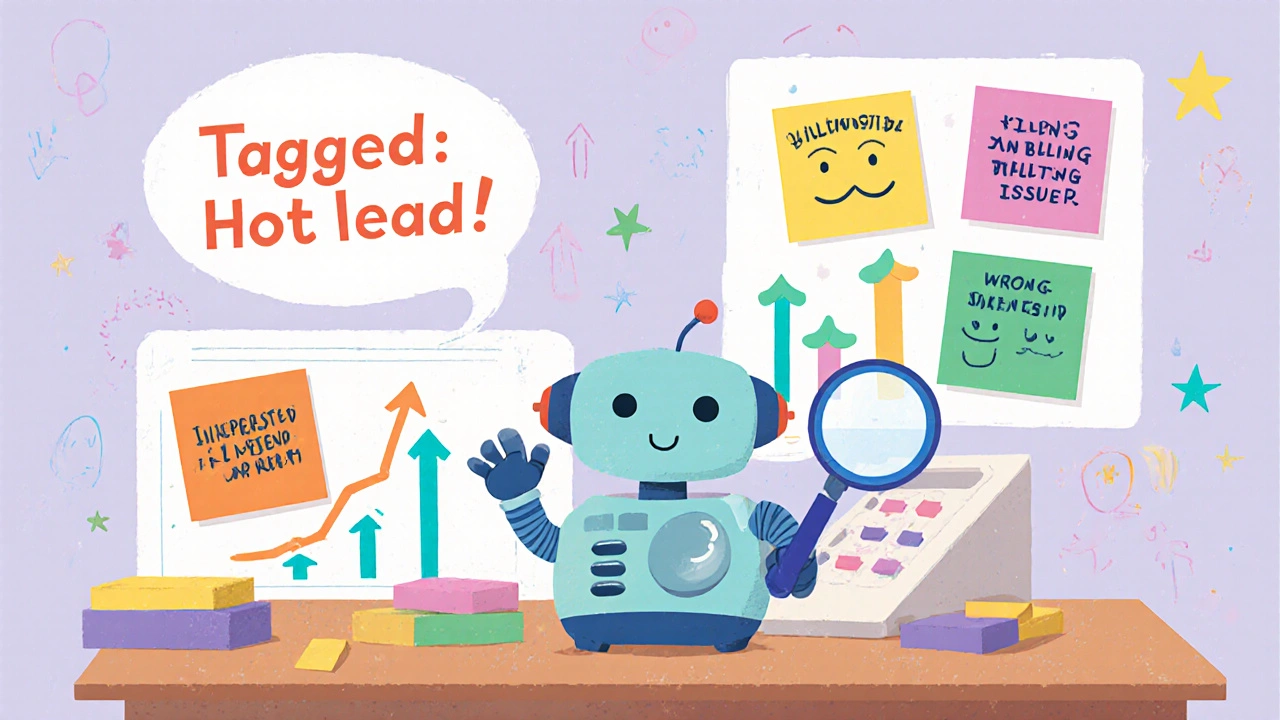Call Center Tags: VoIP Tools, Metrics, and Systems for Modern Teams
When you think of a call center, a hub where businesses handle customer inquiries using phone systems. Also known as contact center, it's no longer just about answering calls—it's about managing voice traffic, reducing wait times, and keeping agents productive using modern VoIP systems. Today’s call centers rely on cloud-based phone platforms, real-time analytics, and smart automation to handle everything from support tickets to sales leads. If your team is still using old landlines or clunky on-site hardware, you’re losing money, time, and customer trust.
Behind every smooth call center operation are key tools and metrics that make the difference. Average call duration, how long a customer talks with an agent before hanging up tells you if agents are solving problems fast—or getting stuck. Call volume forecasting, predicting how many calls will come in during holidays, sales, or outages helps you staff right and avoid long hold times. And VoIP for call centers, internet-based phone systems that cut costs and add features like auto-attendants and call recording lets you scale without buying new phones or wiring offices. These aren’t buzzwords—they’re daily tools used by teams that keep customers happy and budgets under control.
What you’ll find in this collection are no-fluff guides written for people who run or support call centers. You’ll learn how to fix audio that’s too quiet or too loud during calls, why 20ms packetization is still the sweet spot for voice quality, and how to stop toll fraud with simple access rules. We cover real setups: how schools use VoIP paging, how churches track donations over the phone, and how remote teams use virtual receptionists to never miss a call. You’ll see how cloud VoIP slashes five-year costs by 75%, how RBAC stops hackers from draining your account, and why most small businesses don’t need fancy IVR systems. No theory. No vendor hype. Just what works.
